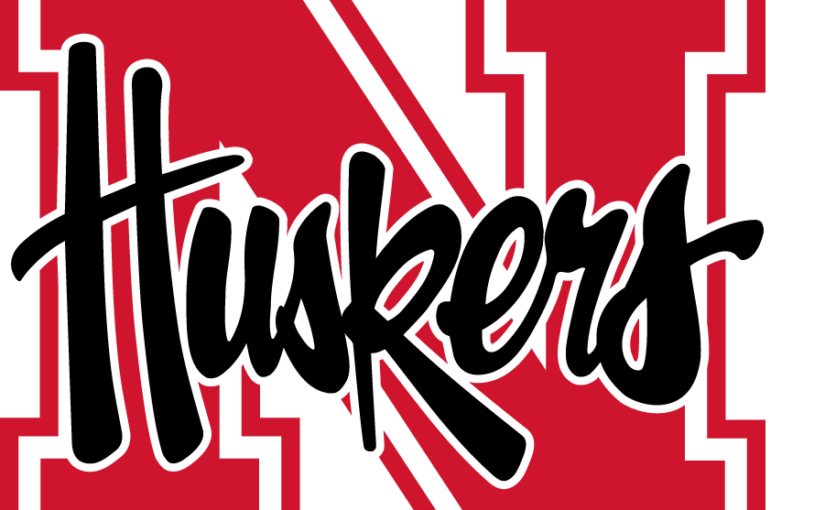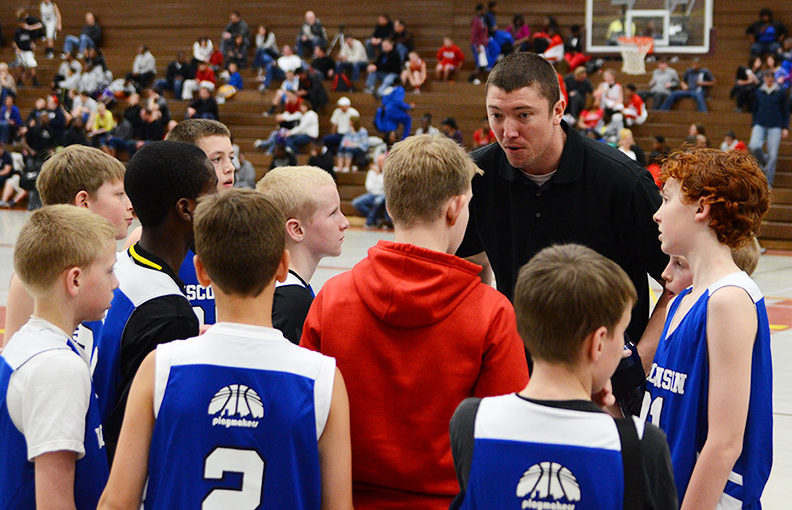Fitness made easier with new technology
Coaches want the most from their players during training sessions, but there’s a fine line between maximum effort and overexertion. Cross it, and athletes could be lost to injury.
The development of new technology has made lives easier for coaches at all levels, and fitness is among the areas where intuitive devices are giving teams an edge in developing the individual attributes of their players.
Shane Domer, sports science director for US Speedskating, is learning that first hand. Last year, his training staff started using Polar’s Team2 system, which allows him to closely monitor an athlete’s effort and heart rate during intense training sessions as skaters prepare to face the world’s best competition. It’s changed the way he approaches training, and in the long run it’s expected to create competitors who are better prepared to face what lies ahead on the world stage. “Coaches feel like they’ve had a pretty good eye in the past for someone who was training too hard too often, and this has helped them confirm that,” Domer said.
“Coaches feel like they’ve had a pretty good eye in the past for someone who was training too hard too often, and this has helped them confirm that,” Domer said.
“I believe we have fewer athletes that are fatigued. The sport has a high tradition of hard work in the training programs, so I think we back off athletes a little more than we’re used to, and we’re seeing results.”
Heart rate is at the core of every workout, serving as a reliable indicator for how hard an athlete is pushing his or her body. Domer said in the past, athletes would rank the intensity of their workouts on a scale from zero to 10, and combined with other factors coaches would determine a “training load number.” The results were subjective, so coaches continued to look for something more reliable to score an athlete’s workout.
New technology created options, and what US Speedskating has now is a system that delivers real-time results. Coaches in football and basketball from the prep level to the pros have also embraced smart watches and other gadgets that provide an detailed glimpse into the fitness levels of their players.
Regardless of sport, athletes come in all shapes and sizes, making it increasingly difficult for coaches to design workouts and practices that address each player in a way specific to their needs. Having data aggregated on a single system for all coaches to analyze takes out a lot of the guesswork.
“We had never really tracked how athletes responded in real time to the conditioning session or weight training session or been able to use information like this to guide training,” Domer said. “We can cut people off from training when they’re done and get what we want out of them. We’ve never really been able to quantify how big that session was on that person or how much energy it took from them.”
Philadelphia Eagles head coach Chip Kelly is among the pioneers who are making fitness devices more prominent in sports. He hired the NFL’s first sports science coordinator, and other organizations are following in his footsteps.
Kelly uses devices to monitor athletes’ physical preparedness as well as sleep patterns. There are numerous devices on the market designed to provide athletes with real-time information on their bodies, and coaches at all levels are scrambling to discover how that data can help them during competition.
For Domer, it’s all about preparation. He uses the Team2 systems with three teams comprising 25 Olympic-caliber athletes. Bluetooth heart rate straps send data directly to the system, so coaches can monitor the intensity level of an athlete’s training. They can watch how skaters recover between intervals, and the program uses an algorithm to determine how strenuous the workout was on individual athletes.
The results are more objective than anything Domer is used to, and it’s giving him more confidence in training sessions.
“Over time you can start associating training load numbers with what they’re able to handle,” he said. “You don’t live and die (by the data), but at least it gives us a check mark and something to double check what our perceptions are with some of the other measures that we use. It really confirms things and takes out a lot of the guessing.”
Domer suspects technology like this will begin to catch on in sports at all levels, especially as gadgets become more intuitive and coaches continue to find ways to apply the information.
One of the concerns with coaches is reliability, but Domer hasn’t experienced any issues with the software or program he’s been using since last year.
Another obstacle is cost, but depending on the amount of information coaches want to retrieve from their athletes, Bluetooth monitors can be relatively inexpensive. Especially when compared to other costly training devices that are valued in athletic programs.
“Even in the collegiate realm you have limited time to work with athletes and make sure that you train athletes to be most effective,” Domer said. “To be able to monitor that and confirm what you’re doing is optimizing each athlete, I think that’s key because you know how hard you can push an athlete. You just need to make sure you’re toeing that line without going over.”





